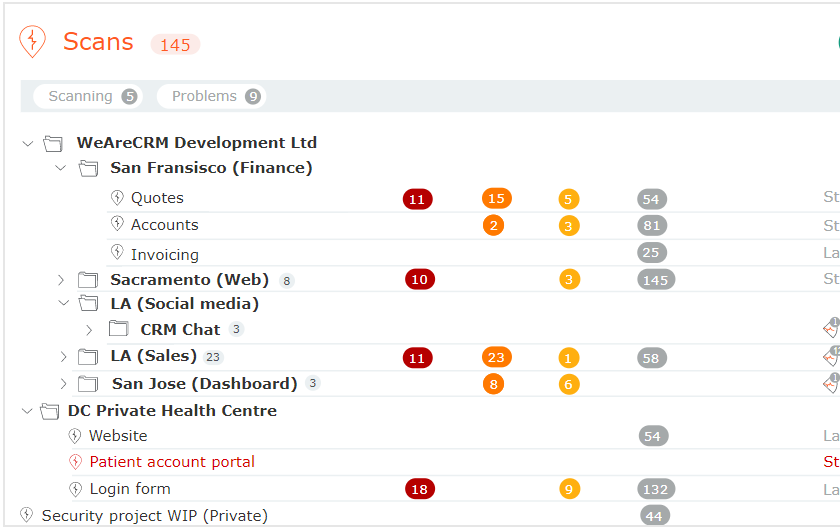

In an SSRF attack against the server, the attacker causes the application to make an HTTP request back to the server that is hosting the application, via its loopback network interface. These trust relationships might exist in relation to the server, or in relation to other back-end systems within the same organization.

SSRF attacks often exploit trust relationships to escalate an attack from the vulnerable application and perform unauthorized actions. these can appear to originate from the organization hosting the vulnerable application. In some situations, the SSRF vulnerability might allow an attacker to perform arbitrary command execution.Īn SSRF exploit that causes connections to external third-party systems might result in malicious onward attacks. This can be in the vulnerable application, or on other back-end systems that the application can communicate with. If you're familiar with the basic concepts behind SSRF vulnerabilities and want to practice exploiting them on some realistic, deliberately vulnerable targets, you can access labs in this topic from the link below.Ī successful SSRF attack can often result in unauthorized actions or access to data within the organization. This could leak sensitive data, such as authorization credentials. In other cases, they may be able to force the server to connect to arbitrary external systems. In a typical SSRF attack, the attacker might cause the server to make a connection to internal-only services within the organization's infrastructure. Server-side request forgery is a web security vulnerability that allows an attacker to cause the server-side application to make requests to an unintended location.
Portswigger download how to#
We also show you how to find and exploit SSRF vulnerabilities. In this section we explain what server-side request forgery (SSRF) is, and describe some common examples.


 0 kommentar(er)
0 kommentar(er)
